
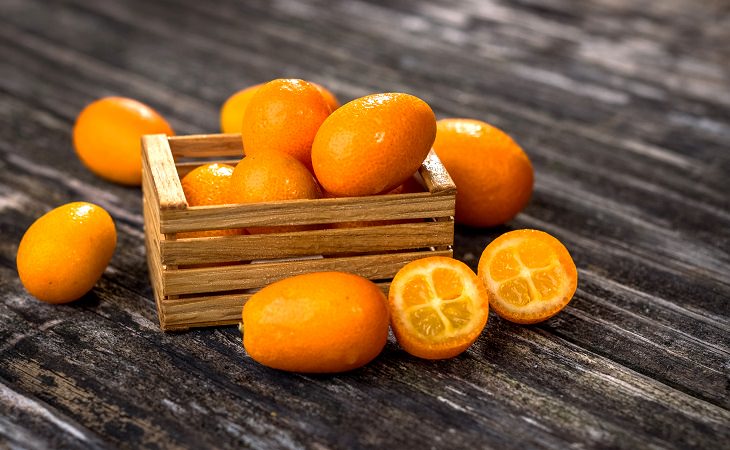
This little olive-sized citrus fruit is full of disease-fighting antioxidants, which are contained in their sweet and edible skin. A serving of five kumquats contains a fifth of your daily fiber, along with a very healthy and generous dose of vitamins A and C, and potassium. Most of America's domestic kumquats are grown in Florida and California, with the most commonly grown variety being the Nagami - which peaks between November and March.
These fruits have lots of uses: slice a few up and add them to a salad, or use them in recipes instead of orange zest, or mix dried kumquats with red onion, cilantro and lime to make a great salsa.
When buying kumquats at a store, look for the ones that are firm and bright orange in color, and store them at room temperature for 2 to 3 days, or in the refrigerator for up to 2 weeks.
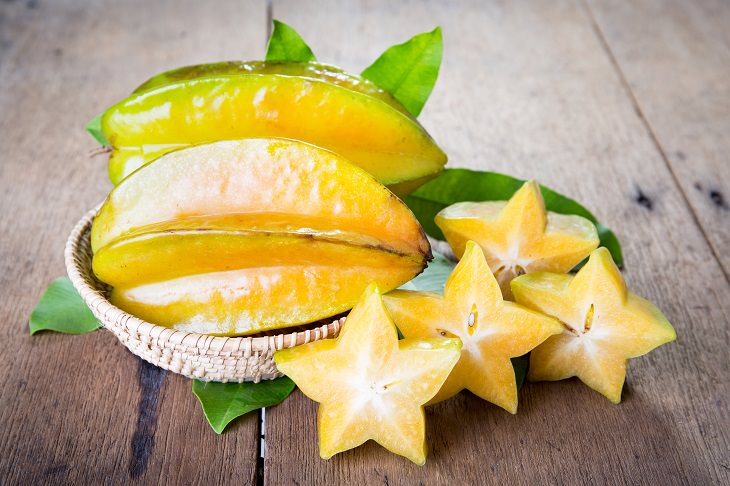
These exotic fruits are high in vitamin C and potassium. Furthermore, they have an abundance of inflammation-lowering polyphenols, which makes them great for your heart. Most of the star fruit that you can find in stores across America come from Florida or Hawaii.
The taste of this fruit has been described as somewhere between that of citrus, apple, and pear. You can eat this tasty fruit as it is, or you can add some to a fruit salad.
When buying this fruit, look for firm, shiny, and evenly colored yellow fruit. Remember to handle the fruit with care as it's easily bruised. Let the fruit ripen at room temperature for a few days until they start to go brown on the edges and develop a fruity aroma (this is when they are at their sweetest), then refrigerate them for up to a week.
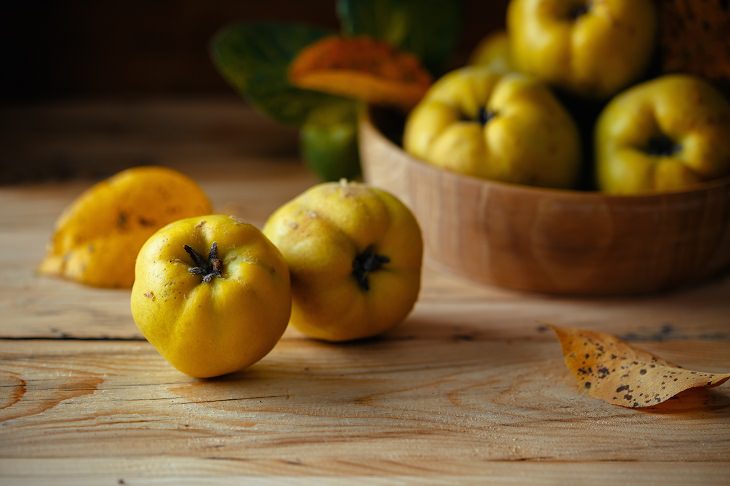
They may look like apples or pears, but quinces are a lot healthier. High in vitamin C, quinces also have an abundance of antiviral phenolic compounds that have been found to help keep the flu at bay. The quince season lasts from around September to December. You can find them at Latino, Asian, and Middle-Eastern markets, specialty grocers and farmers' markets.
This fruit tastes better when cooked, so make sure to add them to a savory stew or to use them in desserts instead of apples and pears.
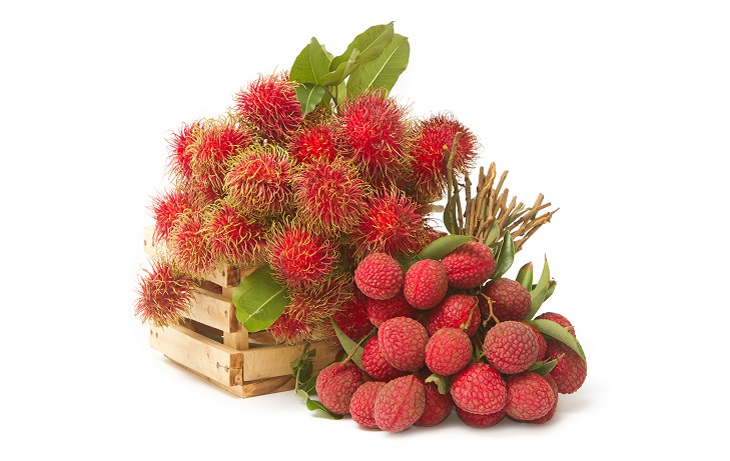
The rambutan, also known as hairy lychee or hula berry, is a great tropical treat when summer's lychees are out of season; their season is from September to March. Rambutans have a seriously high level of the antioxidants anthocyanins and flavanoids, both of which can help reduce the risk of cardiovascular problems and chronic diseases.
This fruit can usually be found in Asian and other specialty markets. This fruit is fragile and lasts for only a day or two at room temperature. If you're not going to be eating them straight away, place in a perforated bag and refrigerate.
To eat this fruit, peel the skin off and pop into your mouth, or add them to a fruit platter.
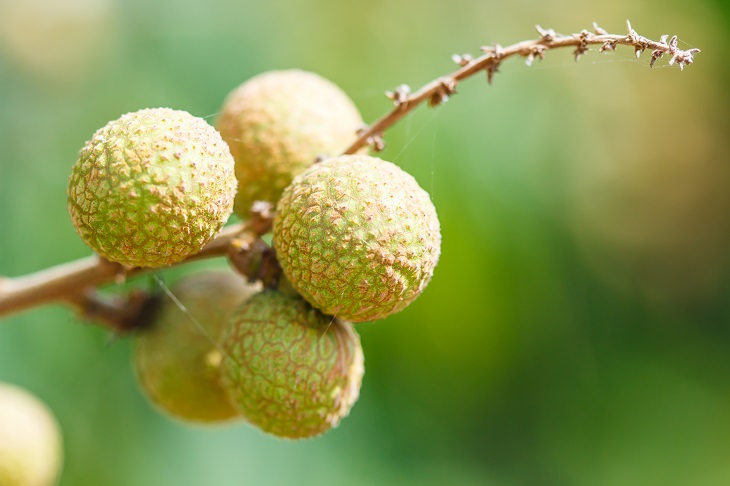
Longans are native to China, but are grown in Hawaii and across the Caribbean. It's a good idea to stock up on this fruit at this time of year as they have been known to settle upset stomachs and reduce fevers. They are also full of disease-fighting antioxidants.
You can find Hawaiian grown longans in Asian markets all year round. To store, place them in a perforated plastic bag and refrigerate for a week or two. To eat, simply peel, de-seed and pop in your mouth, or add to fruit salads and desserts.
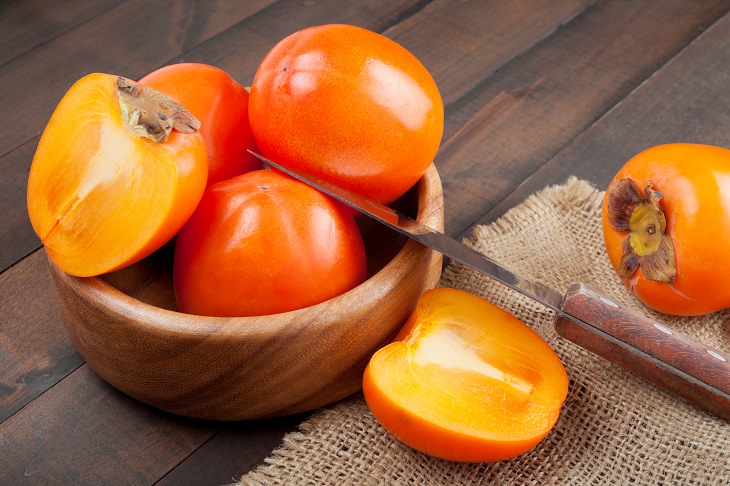
This fruit is better for your heart than an apple, as it contains much higher concentrations of the dietary fiber, minerals, and phenolic compounds that help prevent atherosclerosis, a leading cause of heart disease, heart attacks, and strokes. An added bonus is that the antioxidants present in this fruit can help control diabetes and the cell damage it causes.
You can use the pulp or the whole fruit in puddings, pureed in ice creams, or added to cakes and breads. They can also be used in savory dishes, such as salsas, stir-fries, and salads.
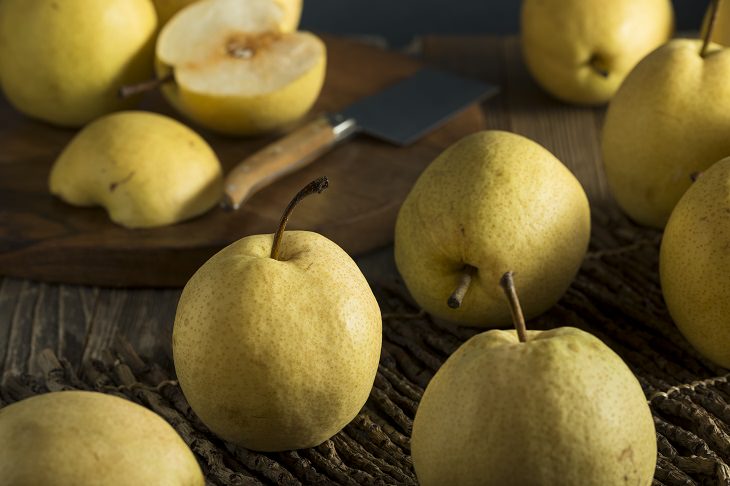
This fruit is perfect for cold storage and they are easy to find in farmers' markets and grocery stores at this time of year. Asian pears have more fiber than other types of pears, so eating one daily is great for your heart and helps keep diabetes at bay.
This fruit can be kept for a week at room temperature or 3 months in the fridge. Due to their sweet flavor and crunchy texture, Asian pears are a great addition to salads and slaws. Furthermore, they work well in place of apples in many different recipes.
Source: prevention
Photos: depositphotos